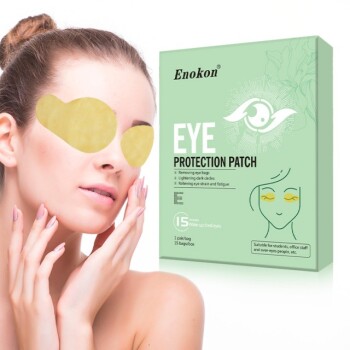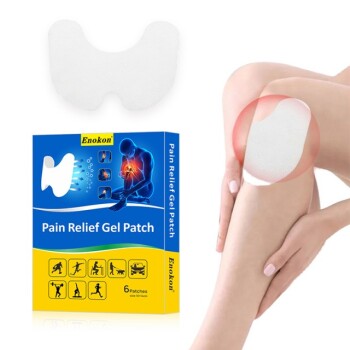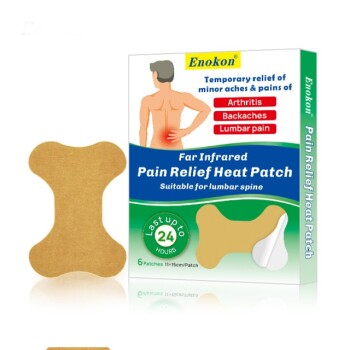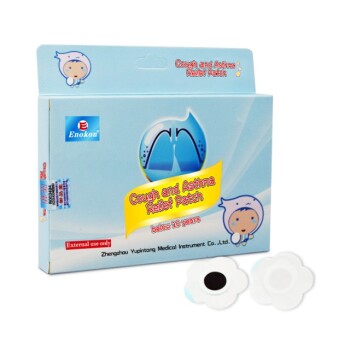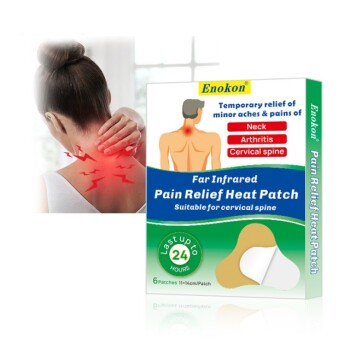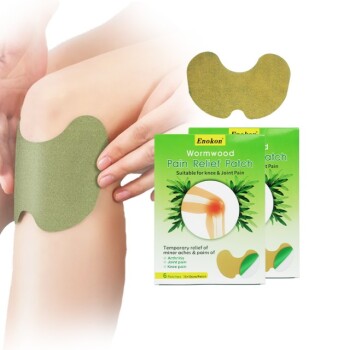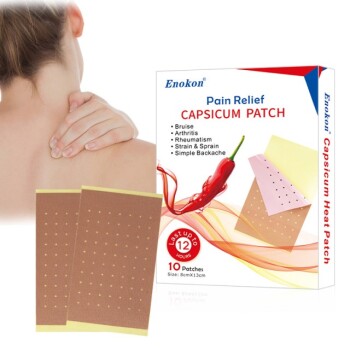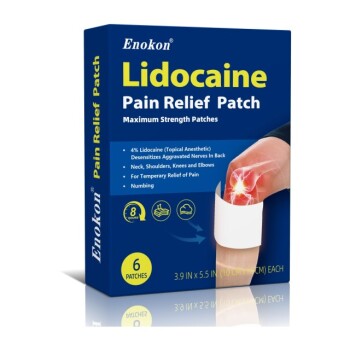Applying a transdermal patch correctly ensures optimal medication delivery and skin safety. The process involves preparation, application, and post-application steps, with variations based on specific patch types (e.g., scopolamine for motion sickness). Always prioritize cleanliness, proper adhesion, and rotation of application sites to avoid skin irritation. Below is a structured guide combining best practices from medical recommendations.
Key Points Explained:
-
Pre-Application Preparation
- Read Instructions: Review the patch’s package insert or consult a healthcare provider for type-specific guidance (e.g., scopolamine patches require placement behind the ear).
- Hand Hygiene: Wash hands thoroughly with soap and water to prevent contamination.
-
Skin Preparation:
- Clean the application site (chest, upper arm, or behind the ear) with warm water and mild, unscented soap if needed. Avoid alcohols, lotions, or oils, as they can interfere with adhesion.
- Ensure the skin is dry and free of cuts, redness, or hair.
-
Patch Application
- Remove Old Patch: Discard used patches as directed (often by folding adhesive sides together).
- Handle Carefully: Open the pouch without touching the adhesive side to maintain sterility.
-
Apply Firmly:
- Peel off the protective liner and press the patch onto clean skin for at least 30 seconds to ensure full adhesion.
- Smooth out wrinkles; use medical tape (not bandages) if edges lift.
- Special Cases: For motion sickness, apply scopolamine 4 hours before travel and leave it for up to 3 days.
-
Post-Application Steps
- Hand Washing: Wash hands again to remove residual medication.
- Rotate Sites: Alternate application areas to prevent skin irritation.
- Monitor Skin: Check for redness or itching, and report adverse reactions to a doctor.
-
Disposal
- Fold used patches adhesive-side in before discarding to prevent accidental exposure.
Practical Considerations
- Avoid Cutting Patches: Unless specified, cutting can alter dosage.
- Timing: Follow duration guidelines (e.g., 24 hours for post-surgical nausea patches).
By following these steps, users can maximize the patch’s efficacy while minimizing skin irritation—a balance critical for long-term transdermal therapy. Have you considered how patch placement might affect absorption rates for different medications?
Summary Table:
| Step | Key Action | Details |
|---|---|---|
| 1. Preparation | Read instructions & clean skin | Review patch-specific guidelines; wash hands and clean application site with mild soap. Avoid oils/lotions. |
| 2. Application | Handle & adhere patch | Avoid touching adhesive; press firmly for 30+ seconds. Use medical tape if edges lift. |
| 3. Post-Application | Rotate sites & monitor skin | Alternate locations to prevent irritation; check for redness/itching. |
| 4. Disposal | Fold & discard safely | Fold adhesive-side in to prevent accidental exposure. |
Need high-quality transdermal patches tailored to your needs?
At Enokon, we specialize in bulk manufacturing of reliable transdermal patches and pain plasters for healthcare distributors and brands. Our technical expertise ensures custom R&D solutions for optimal drug delivery and patient comfort. Contact us today to discuss your project or request samples!
Related Products
- Far Infrared Heat Pain Relief Patches Transdermal Patches
- Heating Pain Relief Patches for Menstrual Cramps
- Herbal Eye Protection Patch Eye Patch
- Menthol Gel Pain Relief Patch
- Icy Hot Menthol Medicine Pain Relief Patch
People Also Ask
- What did the UK Million Women Study find about transdermal vs. oral hormone therapy?
- How do Deep Heat Pain Relief Patches provide pain relief? Targeted Heat Therapy for Lasting Comfort
- How quickly does the Deep Heat Pain Relief Back Patch activate and how long does it provide warmth? Fast & Long-Lasting Relief
- How does the Deep Heat Pain Relief Back Patch work? Drug-Free Pain Relief with Therapeutic Heat
- How does capsaicin work in the medicated heat patch? The Science Behind Pain Relief


